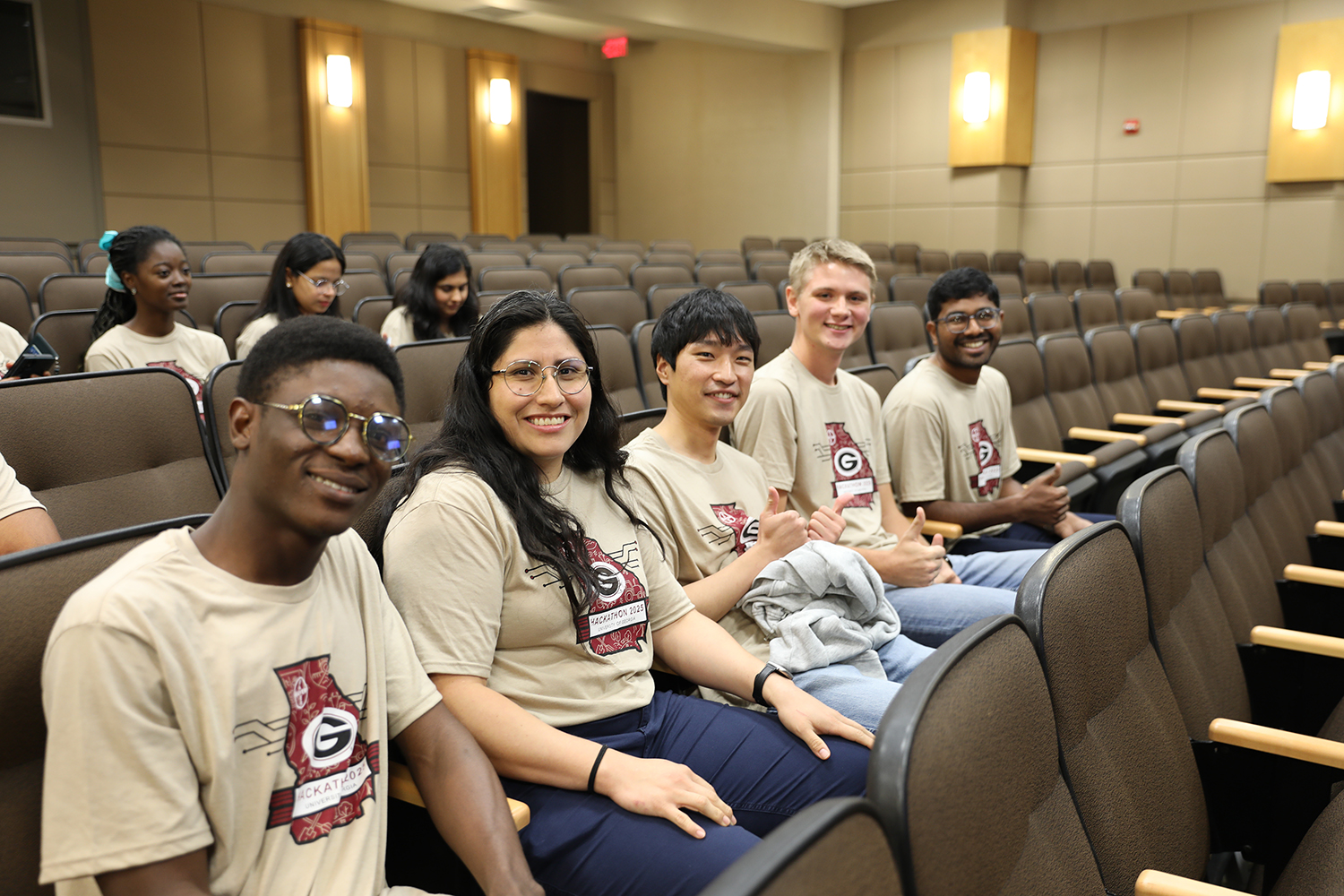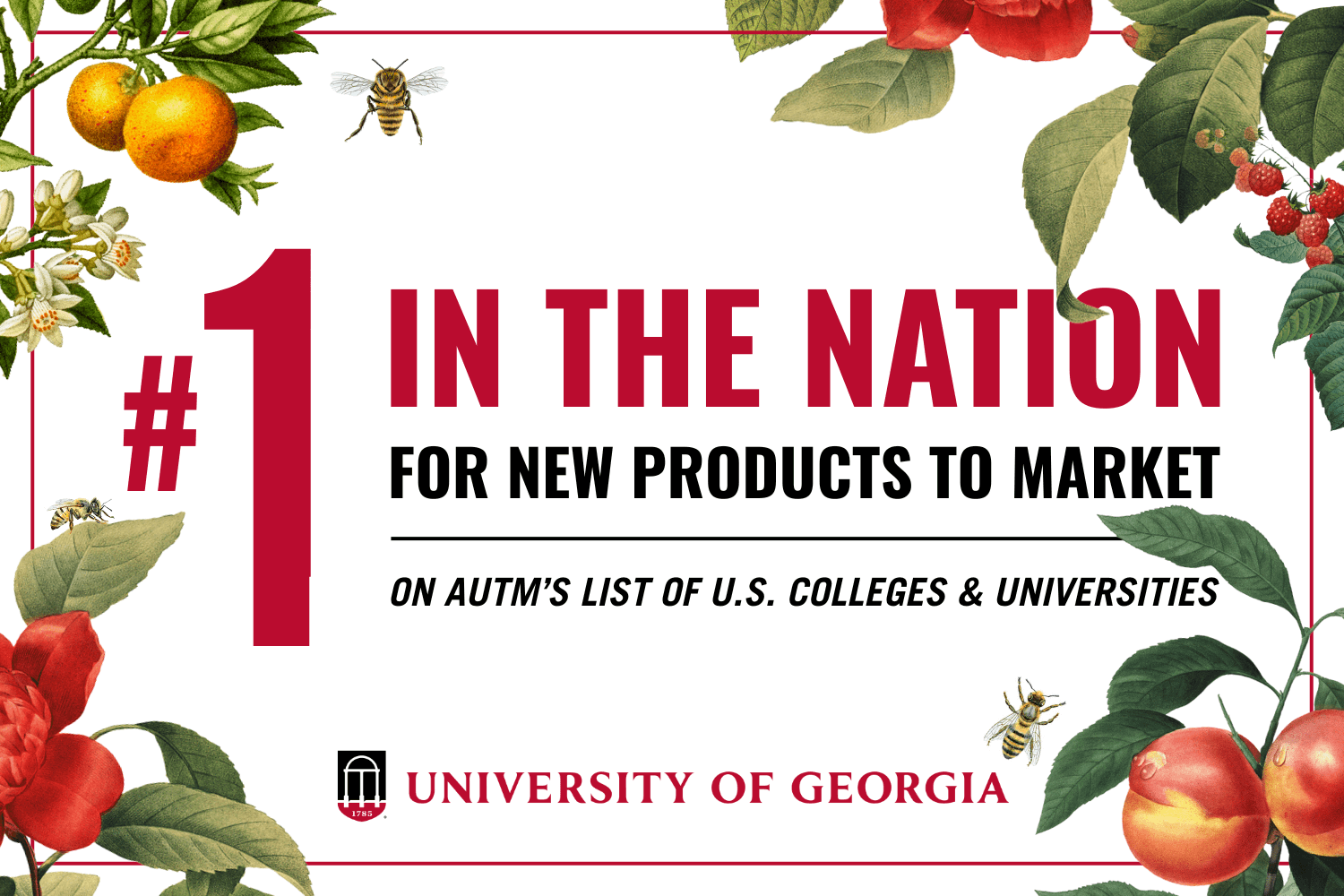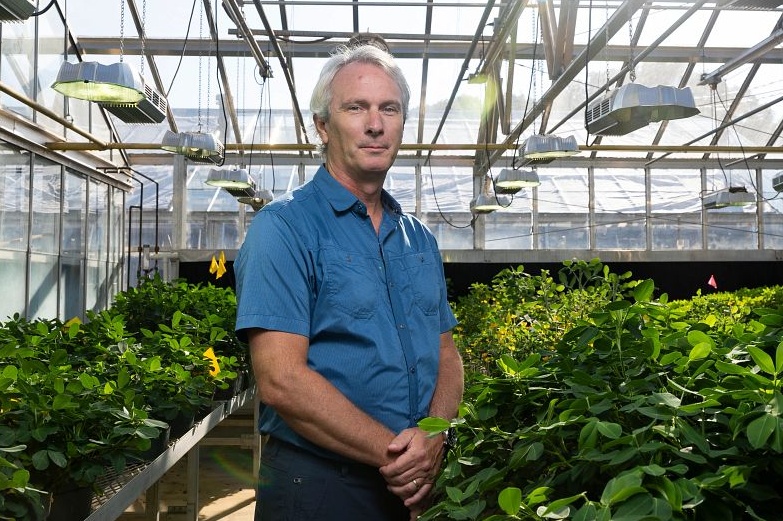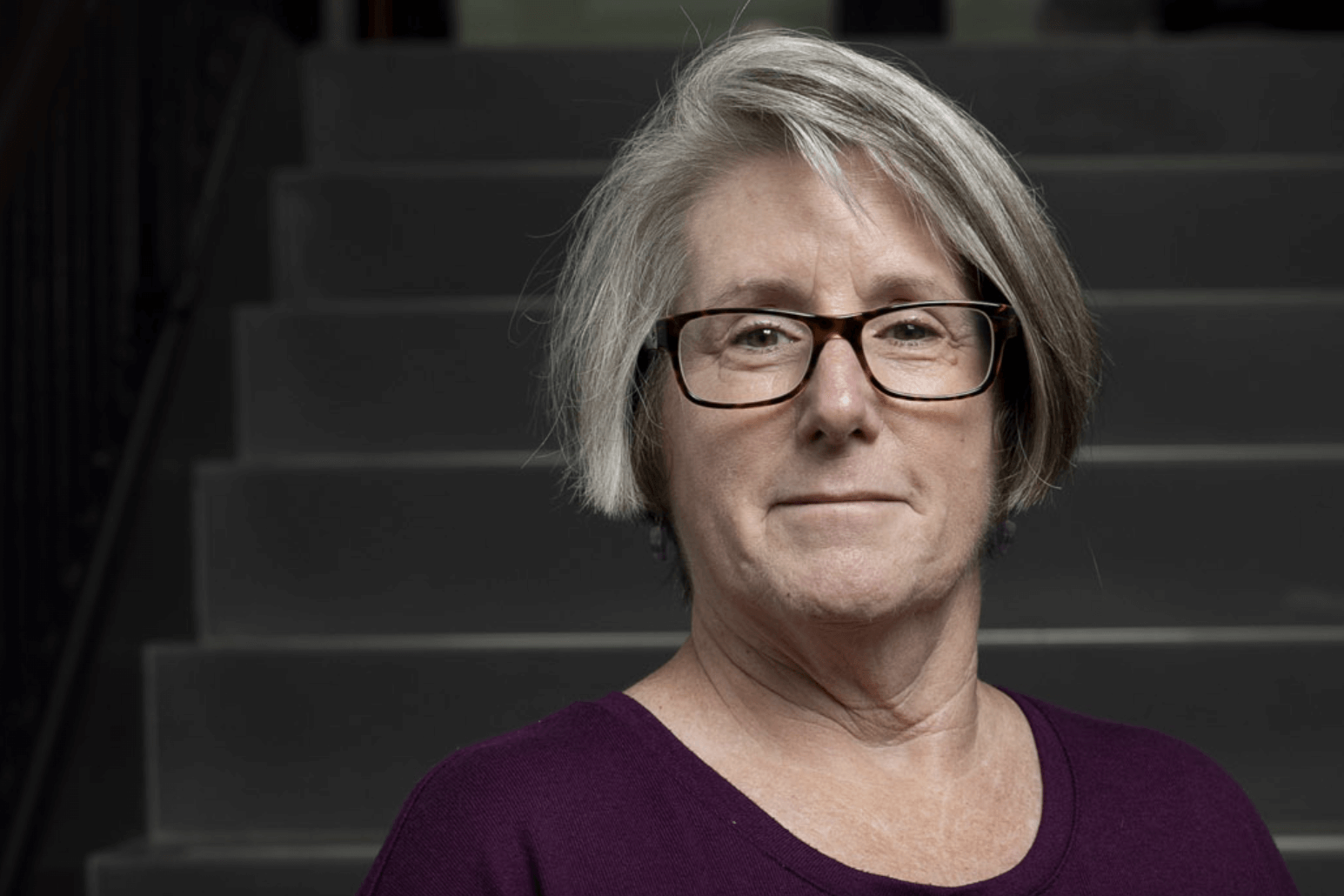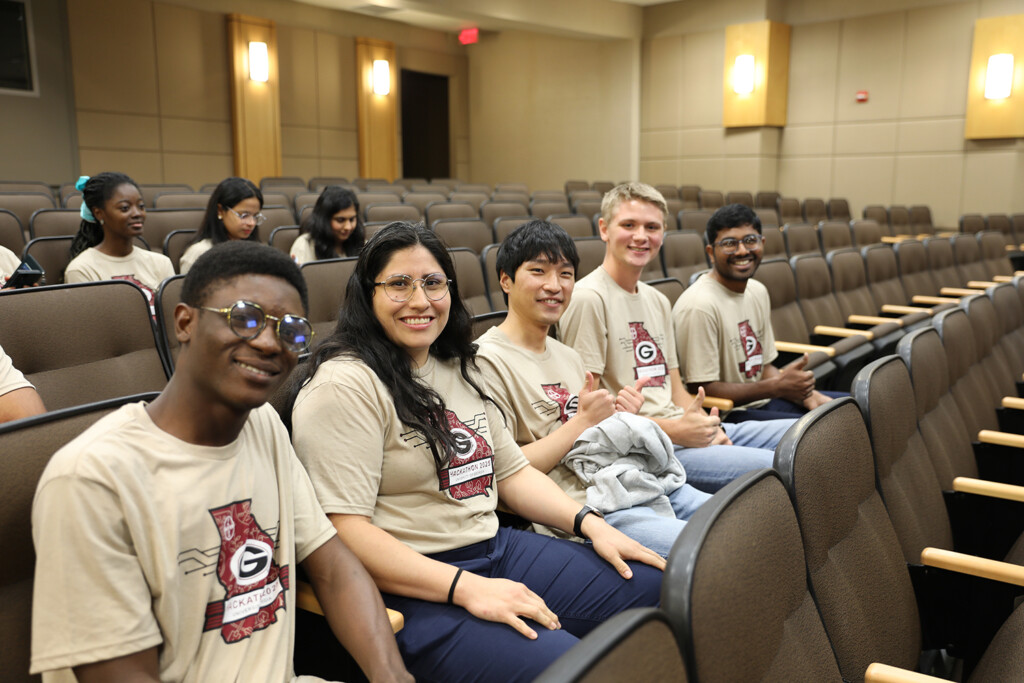
Takeaways
- Industry meets academia: The UGA-Bayer Hackathon gave graduate students hands-on experience solving real agricultural data challenges, simulating the fast-paced collaboration typical of industry teams.
- Teamwork under pressure: With just 36 hours to analyze complex crop yield data, students learned to prioritize key variables, communicate effectively, and deliver practical, data-driven results on deadline.
- Bridging research and application: Participants gained insight into how scientific skills translate into real-world decision-making — a vital lesson for future careers in agricultural research, analytics, and biotechnology.
For most of 36 hours in late September, 44 University of Georgia graduate students hunkered down in the university’s Complex Carbohydrate Research Center and other locations around Athens scanning, analyzing and mapping data for UGA’s first Bayer-sponsored Hackathon.
The three-day hackathon tasked students with collaborating on data analysis to predict future crop yields and present their findings. The competition was a collaboration with Bayer Crop Science, the UGA Graduate School, and the Institute for Plant Genetics and Genomics (IPBGG) in the College of Agricultural and Environmental Sciences.
Wayne Parrott, Distinguished Research Professor in the Department of Crop and Soil Sciences and director of IPBGG, helped coordinate the event.
He said that the competition gave students a taste of many different skills and practices crucial to researching and innovation in agriculture, even with the quick turnaround.
“Getting a glimpse of how the outside world operates allowed students to understand the importance of the curriculum they learn in classes,” Parrott added.
Approaching crop data
The dataset included information about the yield, genetic composition and location of field trials from hundreds of corn lines collected from 2000 to 2008. Students were tasked with making predictions about 2008 yields based on that data. Bayer designed the competition to mirror an industry environment, where people with different skills come together to solve a problem.
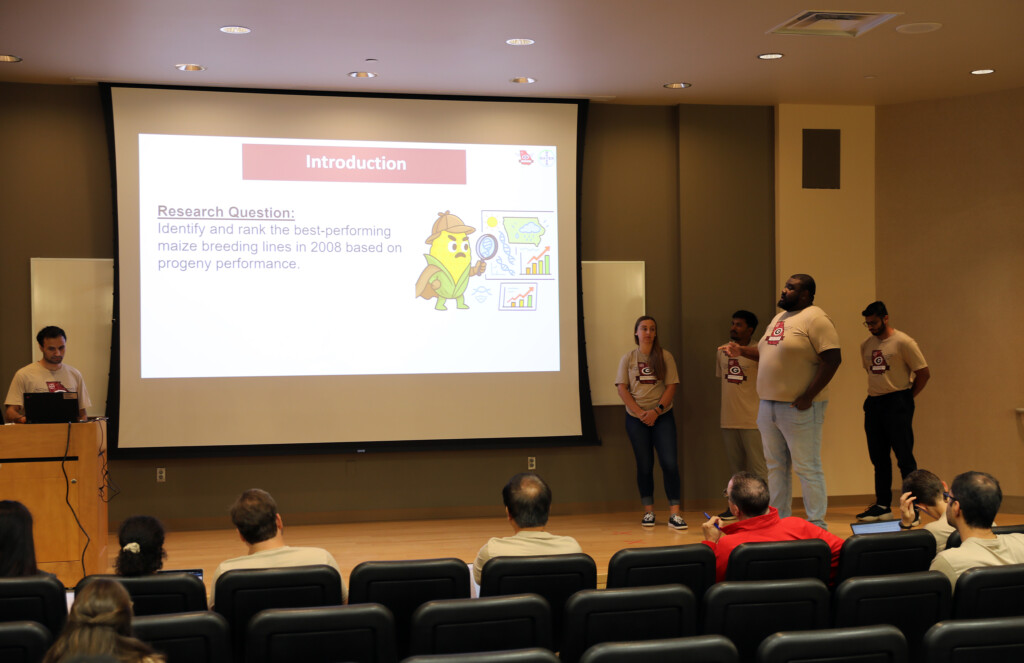
“In graduate school, you’re surrounded by people who do the same thing,” said Erin Gilbert, a data steward for Bayer, “but when you get into industry, oftentimes you’re the only person on your team who is an expert in what you do.”
Students were assigned to teams and had to rely on the unique skill sets of each team member to fully complete the assignment. Teams selected names like Cropcoders, G BaYer E and Genome Prophets and unique logos to match their tasks and distinguish each group.
Working through real-world challenges
The four-person Bayer team and several UGA faculty members answered questions and guided students as they worked throughout the weekend.
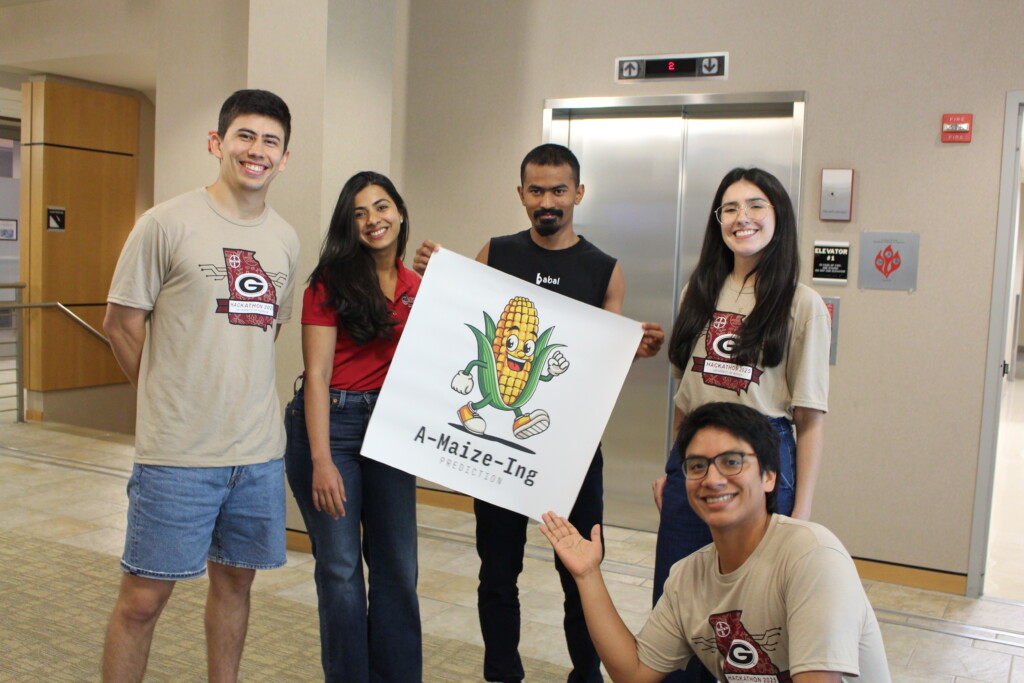
The greatest challenge students faced in the competition was the time limit. Having such a large dataset and only two days to comb through, analyze and build predictive models forced the students to be more selective in what they wanted to analyze.
“What is the minimum you need to do to deliver a product, to present, execute? That’s part of the process you go through, and we do that in industry all the time and want to make sure that students here have the opportunity,” said Maria Monteros, strategic planning support lead for Bayer.
A UGA alum, Monteros learned about the hacking contests that Bayer was hosting at other universities and knew it would be a great fit for graduate students at UGA.
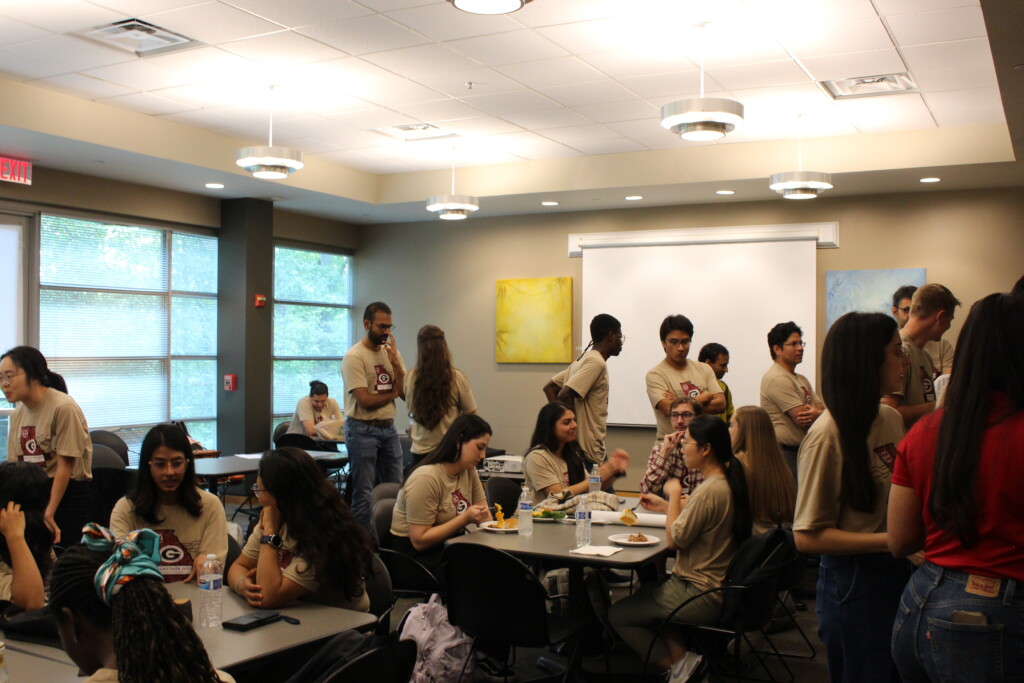
A successful collaboration
The winning team, named G BaYer E after a phenomenon called genotype-by-environment interaction (GxE), included five CAES doctoral students, Aidan Bobholz, Ravi Teja Seelam, Oludare Odumuyiwa, Heegun Lee and Zuleica Trujano. The team felt that the real-world business focus of their presentation set them apart and earned them the win.
“As scientists, we need to have a product to propose to the decision-makers, and this is sometimes hard to do from a research mindset,” Bobholz said. “Identifying a goal of what we wanted to accomplish from the beginning of the hackathon was important for our success.”
Second place was awarded to the Crop Coders team, which included Dallas Kreisa, Rajan Kandel, Gurjit Singh, Cameron Thomas and Rajesh Vavilapalli.
The Trait Trackers team, which took third, included Masum Bilah, Dionne Martin, Brenda Monis Moreno, Iago Schardong and Yirui Sun.
“The students never cease to amaze me with their intelligence, creativity, diligence, resiliency and teamwork,” Parrott said. “It highlights the importance of continuously modernizing our curriculum, and at the same time, providing students with ample opportunities to develop their teamwork, leadership and organizational skills.”
